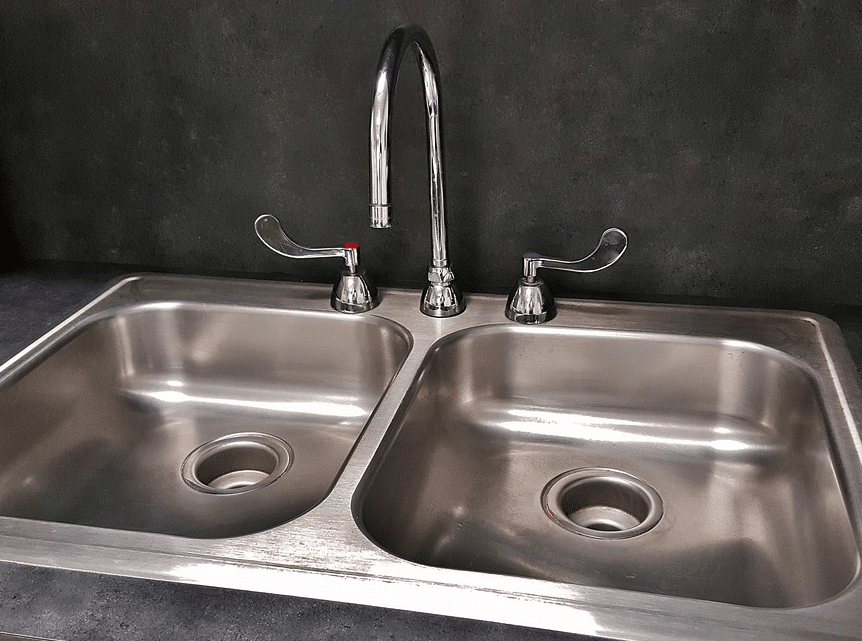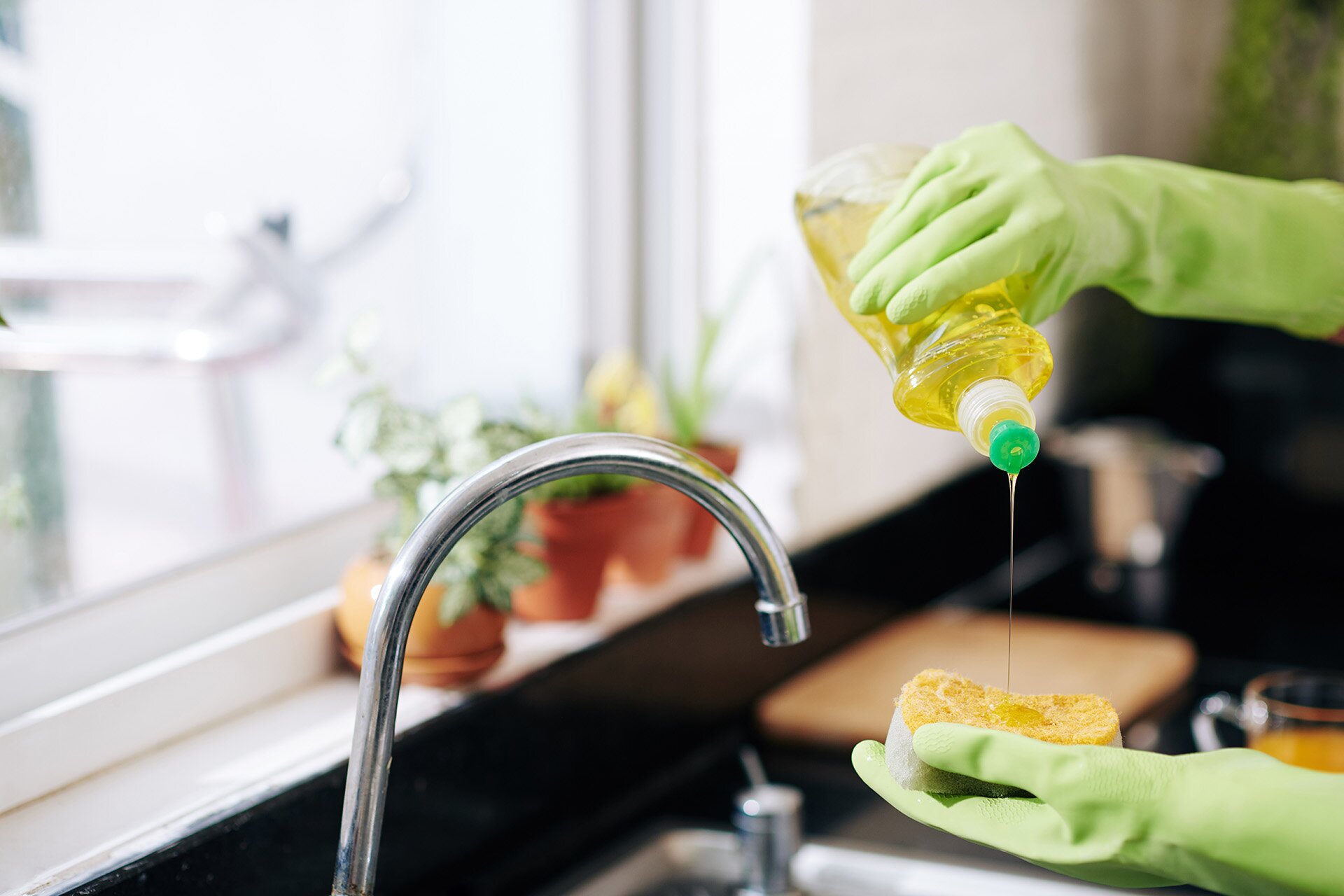Around 10% of a household’s water consumption is dedicated to washing dishes. This therefore represents a significant area on which to focus to save money and protect the planet. In this matter, installing a dishwasher wins the prize! In fact, a dishwasher requires 9 to 15 liters of water to clean twelve place settings, whereas hand washing uses around 42 liters for the same quantity of dishes. We also know that leaving the tap open for one minute wastes around twelve liters of water. Also, washing dishes by hand is not the most ecological and economical idea for saving water. However, even if we no longer want to waste this precious blue gold, we do not necessarily have the budget to afford this expensive household appliance. As a replacement, you will have to be clever, and these eco-responsible tips are ideal for that!
Find out how to avoid wasting water and reduce your bills a little!
1) Avoid mistakes that make washing dishes difficult (and therefore prevent you from saving water)

We sometimes adopt bad habits when we wash dishes by hand. It is therefore important to be wary of automation and errors which make cleaning less effective. To wash dishes properly and successfully save water, you must:
–Proceed in the correct order. Wash what is less dirty first (glasses, cutlery, etc.), then move on to plates and finally to pots and pans.
–Limit the amount of dishwashing detergent used. Using too much product won’t wash any better. Plus, you’ll have trouble rinsing it, which will waste water!
–Avoid letting dishes pile up. Clean cutlery and plates as you go, which will also prevent dirt and food scraps from becoming embedded.
–Make sure to empty the plates carefully. The more residue you remove, the easier cleaning will be. So take the time to scrape each plate well with a fork.
–Use the right tools. In addition to a frequently changed scrubbing sponge, use a metal brush or sponge if necessary.
–Use the right products. Instead of cleaning a burnt pan with lots of water, use ashes, citric acid or even black soap to clean it.
–Install a pressure reducer. This allows water flow to be better managed.
2) Use two tubs to wash dishes and save water

If your sink has two spaces, you can use them wisely. Otherwise, it is possible to use a basin on the work surface next to the sink to obtain the same result. You can then soak dirty dishes in a tray with cold water, dishwashing liquid and why not a squirt of vinegar (degreaser, stain remover and cleaner)? You can take the items one by one to clean them. In the other tank, put some water that you will use to rinse. You can change the clean water while washing dishes if it becomes too foamy.
3) Keep cooking water

Cooking water (vegetables, pasta, rice or even eggs) can be very useful. You can either let them cool to water the plants (unsalted) or apply them while still boiling on weeds to eliminate them (especially if they are salted). Instead of letting them end their lives directly in the pipes, you can also use them to soak very dirty plates and cutlery. This will help degrease them, especially if it is salty or starchy cooking water. Hand washing will take care of itself after that!
4) Wash dishes in cold water as soon as possible

Certainly, cold water will not dissolve grease, burnt residue and encrusted dirt as well as hot water. So you risk wasting more water by trying to do everything with cold water. However, it will be amply sufficient for the least dirty cutlery, plates and glasses. Prefer hot water for pots and difficult cleaning where stubborn stains warrant it.
5) Remember that all water is precious!

The slightest gesture is important so as not to waste this precious commodity! So, apart from the fact of never let the water run without reasondo not hesitate to keep water cold which you let run while waiting for the water to become hot. Kept in a salad bowl, tap water can be used to rinse soapy dishes, clean up or even rinse the sink when you’re finished!


